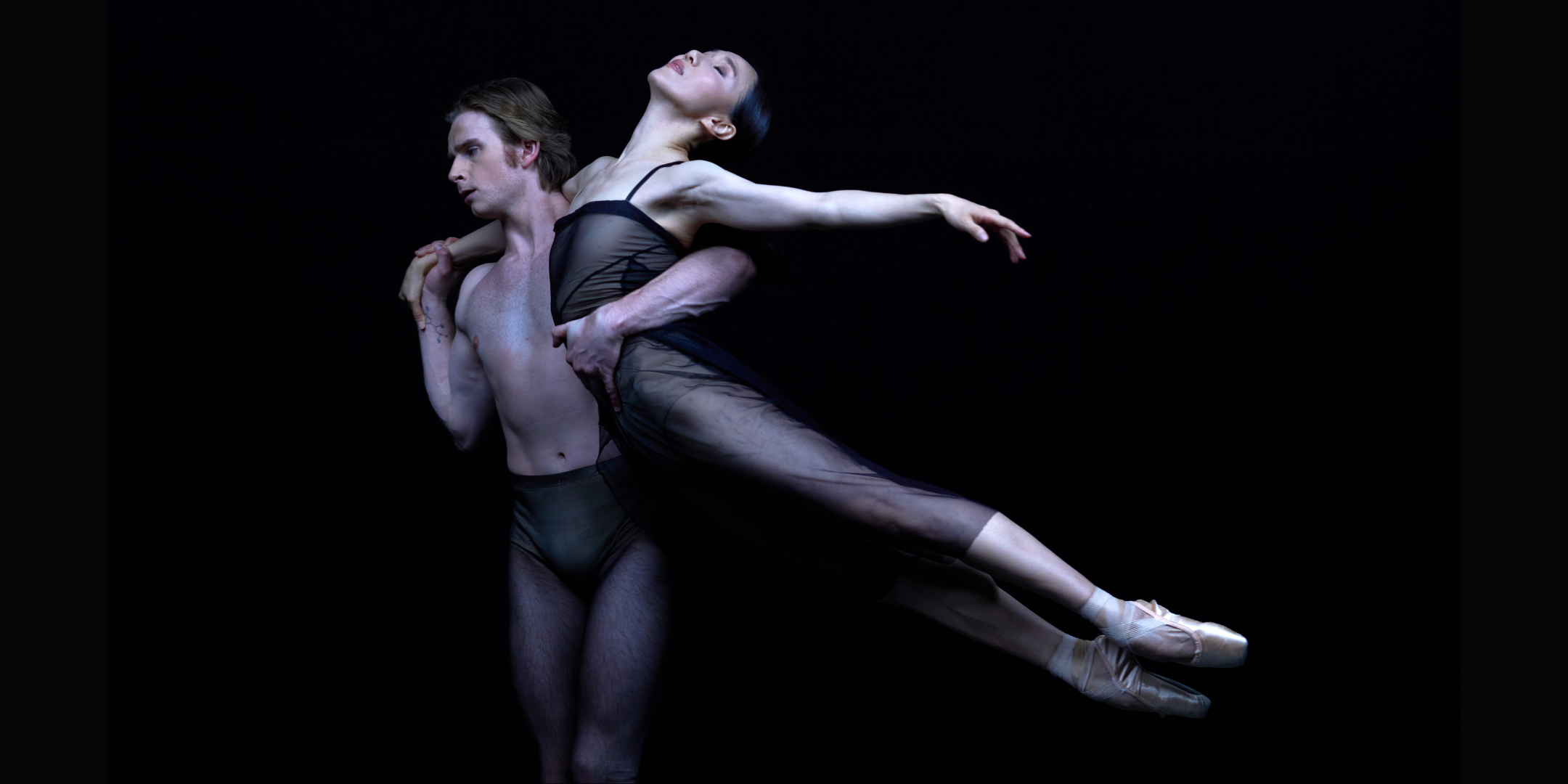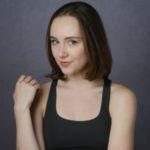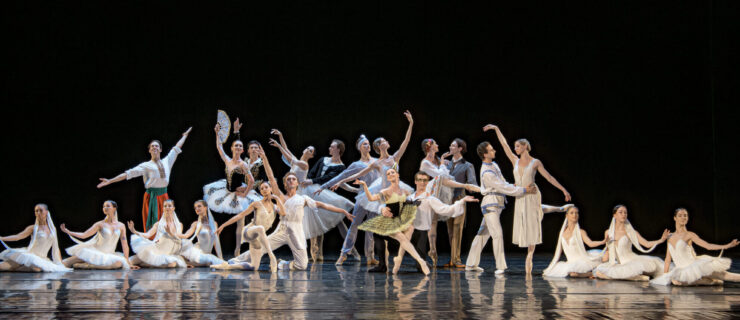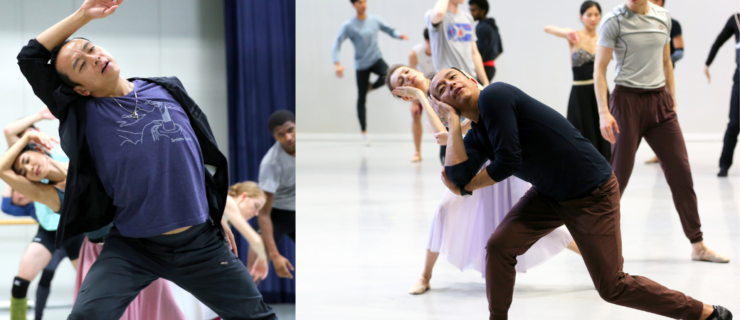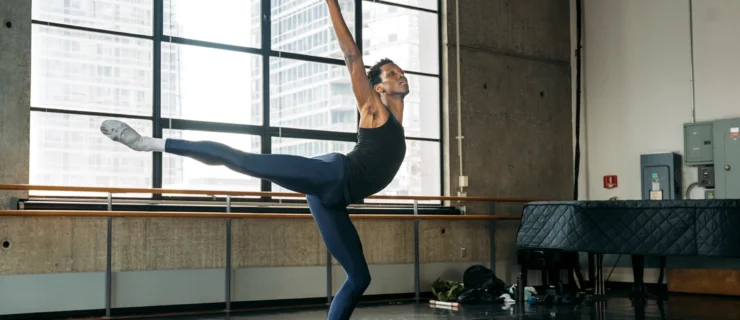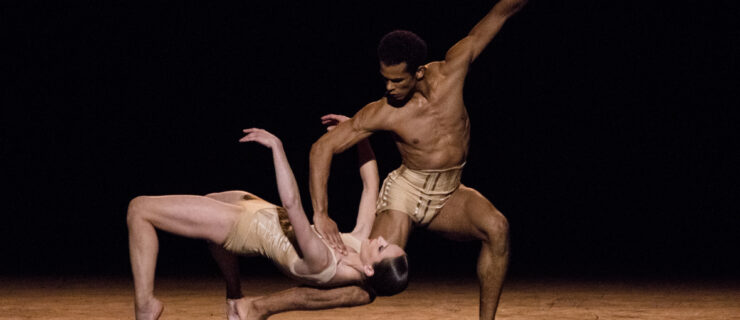American Ballet Theatre Debuts Wayne McGregor’s Woolf Works
This month, American Ballet Theatre will make the North American premiere of Wayne McGregor’s Woolf Works.
The critically acclaimed ballet, created for The Royal Ballet in 2015, is based on three works by 20th-century modernist author Virginia Woolf: Mrs. Dalloway, Orlando, and The Waves. The triptych’s three acts are titled “I now, I then,” “Becomings,” and “Tuesday,” respectively. Set to an expansive score by Max Richter, Woolf Works pulls from Woolf’s characters and thematic elements, building an illustration of the author herself rather than following pure narrative. “Tuesday,” the final act, also integrates some of Woolf’s personal letters, including her 1941 suicide note, as the writer nears the end of her life.
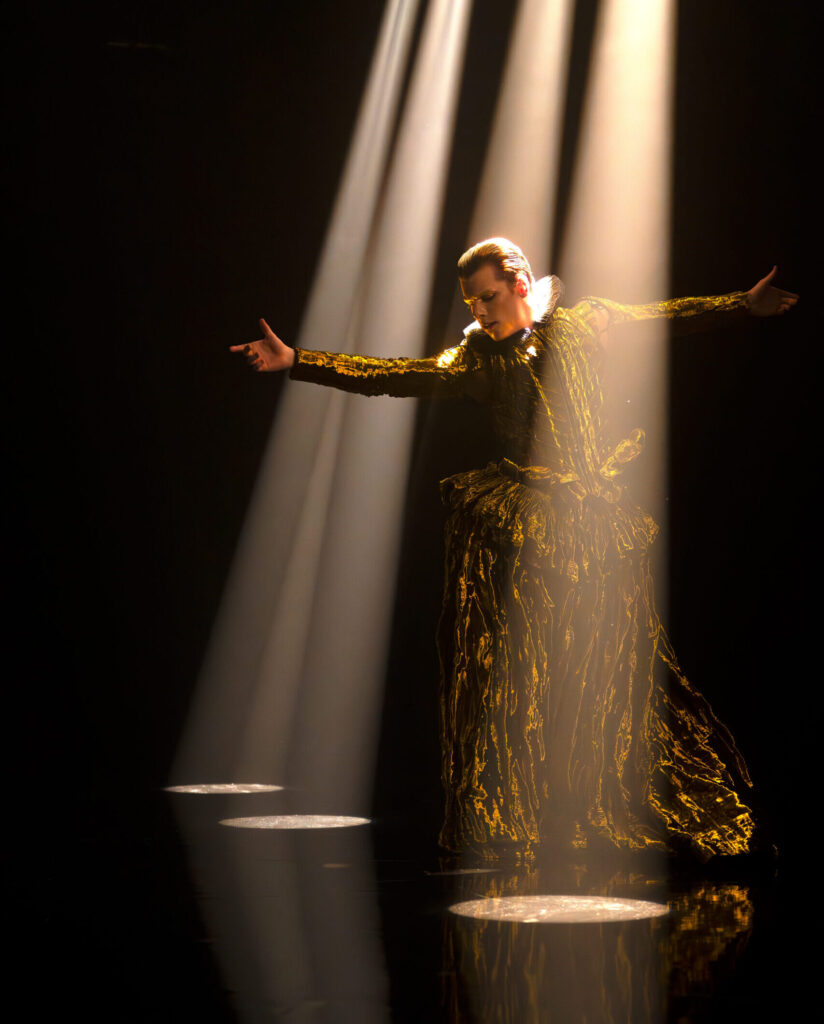
ABT will debut Woolf Works April 11–14 at the Segerstrom Center for the Arts in Costa Mesa, California, before bringing it to New York City’s Metropolitan Opera House June 25–29 as part of its annual summer season. International prima ballerina Alessandra Ferri, a former principal with ABT and The Royal Ballet, is a guest artist for the summer season and one of the dancers cast in Woolf Works’ principal female role. (Ferri debuted the role with The Royal in the ballet’s world premiere in 2015.)
Also cast in the principal role is ABT principal Devon Teuscher, who explains that the character alludes primarily to Mrs. Dalloway protagonist Clarissa Dalloway in the first act, then Woolf herself in the third. In an interview with Pointe, Teuscher spoke on the significance of ABT performing Woolf Works, the ballet’s unique challenges, the relationship between dance and literature, and more.
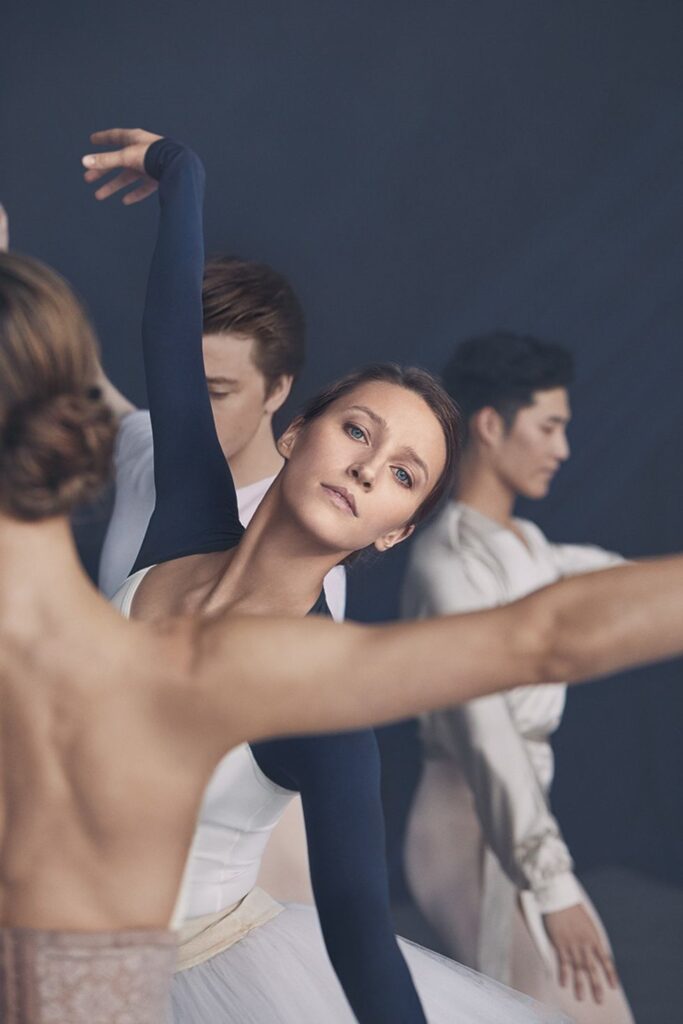
What is the significance of ABT performing Woolf Works?
I love ABT because we do the story ballets; that’s our bread and butter. I love them, but it’s really exciting to get to do a new full-length narrative—a loosely based one, of course.
It’s really important that ABT does those new ballets. Narrative work is our base, and it’s what sets us apart, and doing one that’s forward-moving is exciting. The ballet is also just incredibly beautiful—I watched it on a snow day one day and cried about four times. I was very moved by it, and that’s just the recording.
Have you read any of Woolf’s novels to help prepare for the role?
Interestingly enough, I’d actually read Orlando years ago, and that’s the act I’m not in! But once I found out my role, I picked up Mrs. Dalloway and The Waves and dove in. I’m just finishing Mrs. Dalloway now.
What are your thoughts on taking literary works to the stage?
I think it can be more difficult to have a text for ballet because there are those people who are diehard fans of the book, and they’re expecting to see it play out exactly how they’ve imagined it. But I think what’s beautiful about what Wayne has done is that he’s taken these texts and used them as inspiration; it’s not a literal [retelling]. It’s like a real stream of consciousness, and I think that helps imbue each character with life. So I do think these are the perfect texts to make a ballet from, because that is the way Woolf wrote.
Do you see Woolf’s stream-of-consciousness writing come through in McGregor’s choreography?
Yes—I can’t speak to the second act as much because I’m not involved in it, but my character never leaves the stage in the first act. The other characters just kind of come in and out of the picture. With the way in which Wayne has each character overlap or bump into each other, similarly to how Woolf wrote, you suddenly have this storyline going and it either all comes together or changes course.
In the third act, you see a similar thing with her sister, her lover, and others coming in and out of her life trying to help her and keep her grounded. She’s just kind of being washed through time.
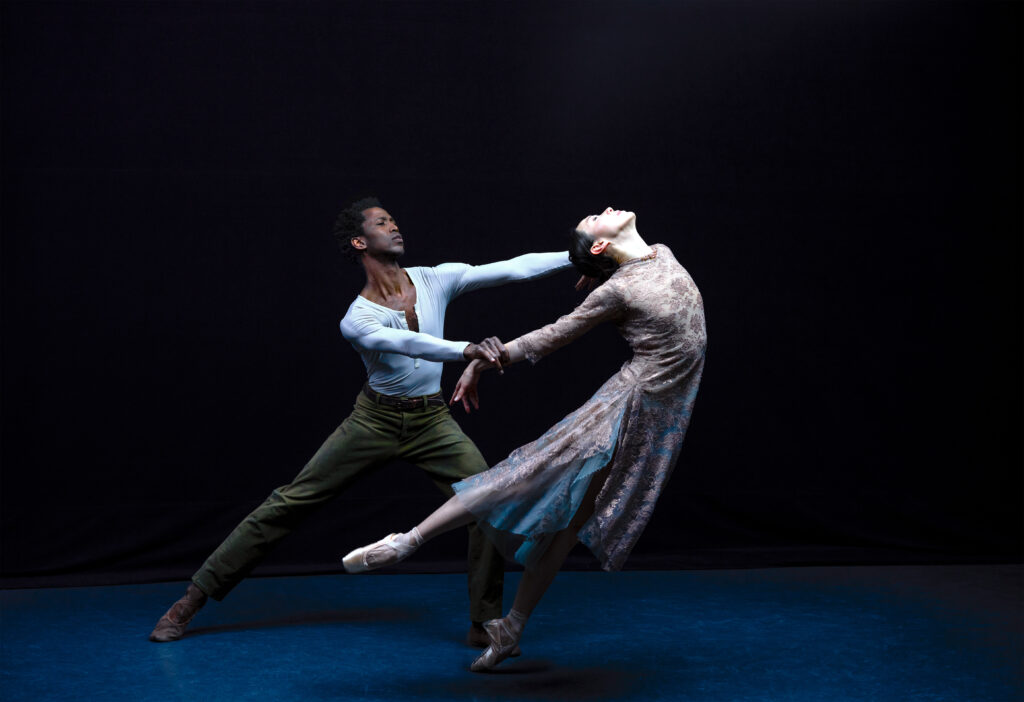
Are there any particularly challenging aspects of the role?
One has been that the first half is all on pointe, and the third act begins on pointe but ends barefoot. We don’t get to do that very much at ABT, so it’s taken some getting used to. And I do think that transition is really fitting for the character, the artist, and the story. It feels right, like it wouldn’t be any other way.
I also think being at a different time in my career than Alessandra was when she first took on this role, and being much younger than the characters in these stories—I feel like I’m running into this place where I almost have too much energy. I’m having to learn how to not go to my extremes and sit in things a little more, physically. So that’s been a challenge, making sure my dancing stays true to me but also to the character.
Speaking of Alessandra Ferri, how do you feel about her joining ABT as a guest artist for Woolf Works when you perform it this summer?
I really respect her. I’m always so impressed that she can still dance and do what she’s doing so beautifully. And I also just love watching her work. To be able to be in the same room with her, working on the same role—I feel so lucky. I’m always learning from her when she’s in the room.
